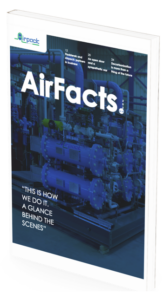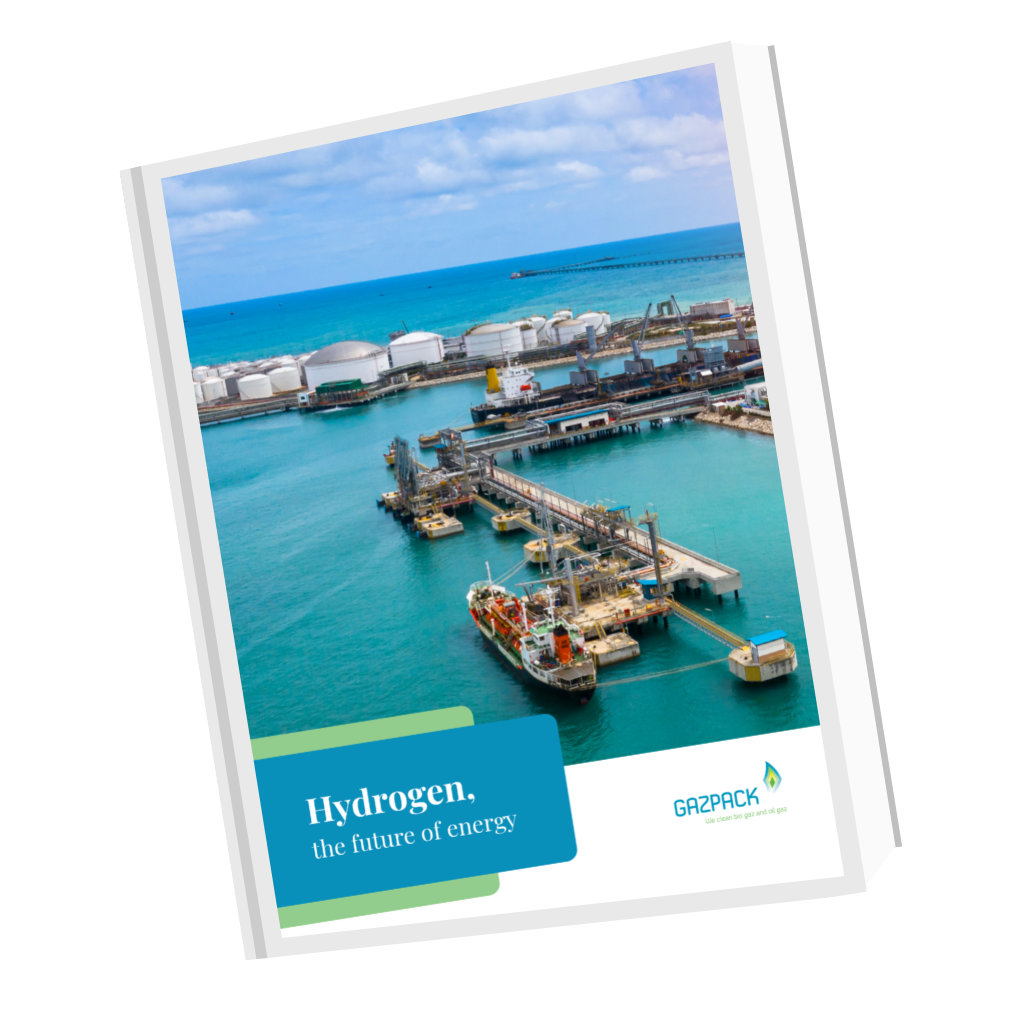Biogas Technology (Biogas Solutions)
Looking to explore the world of biogas processing and handling solutions? Get instant access to our documents about biogas technology.
The cycle of life is a topic interesting to scientists, ethicist and religious scholars alike. Of particular interest is the point at which life terminates. What happens to the remains? Fossilized animal and vegetable matter — after millennia — provide us with the fossil fuels we use today. Yet we really do not have to wait that long to draw energy from decomposing organic matter. One way to speed up the process is anaerobic digestion. While this process will not yield instant petroleum, it does release biogas, a useful and proven renewable energy source much more friendly to the environment.
How Does Anaerobic Digestion Give Out Biogas?
Whenever organic matter like manure and wildlife droppings; sewage and wastewater; grass clippings, fallen leaves and kitchen scraps are deprived of oxygen, particular chemical processes are activated. Biomass — the total of organic material in question — is composed of large organic polymers. The first stage of anaerobic digestion is when these molecular chains are broken down to smaller components. Throughout the four stages, bacteria break down organic compounds which, in turn, release other compounds and elements. The end of the sequence of events is the discharge of biogas — a combination of methane (CH4), carbon dioxide (CO2) and other gases. The methane is the operative compound in terms of energy production.
What Is Biogas Used For?
In short, biogas can do just about anything natural gas can do: it can convert to electricity, powering homes, communities or infrastructure. Alternatively, it fuels vehicles and heavy machinery that are designed to receive it. In developed and developing countries, it is also applicable as a cooking fuel. In fact, organic waste is a personal and public health challenge to many living in the less wealthy nation states. Anaerobic digestion not only creates energy potential, it yields digestate (i.e. what is left after digestion) that is a nutritious and practical fertilizer.
What Devices Foster Anaerobic Digestion?
Whether on large or small scales, biogas technology possesses four rudimentary units:
- Feedstock source holder — that receives the substrate biomass from which the methane is drawn.
- Digestion tank — the oxygen-free chamber in which the biochemical processes of digestion take place.
- Biogas recovery unit — where the CH4, CO2 etc are collected for usage or further processing.
- Heat exchangers — regulate temperatures to optimize the digestion process.
The size and design of anaerobic digesters relates to venue, feedstock and biogas application.
- Stand-Alone Digesters: These might serve a community or a factory/processing facility. They are typically designed for a narrow range of substrate materials, thus can not be considered all-purpose bio-digesters. Most often, stand-alone biogas technology works on food waste, and is frequently employed to lessen the amount of organic waste that formerly went into landfills.
- On-Farm Digesters: Though these can also process food waste, they are overwhelmingly used to digest livestock manure from cattle, swine and poultry. Again, unique designs are used contingent on how animal waste is managed on a given farm — lagoons, stockpiles, compost etc. Farm digestion can be used to generate electricity, heat or both. The energy can power the farm and, in many cases, surrounding communities.
- Water Resource Recovery: Plants that treat wastewater have long utilized biogas solutions on site. Treating the solids found in wastewater with anaerobic digestion is another way to produce biogas. These facilities power their own operations with biogas and in some instances — 10 percent of the treatment plants in the U.S. — sell surplus electricity back to the grid. Some of the biogas is pure enough to inject directly into pipelines for natural gas.
What Are the Latest Innovations in Biogas Production?
For most of the history of biogas collection, the substrate, i.e. biomass, the organic material upon which digestion operates, as kept relatively monolithic for the purpose of acquiring the most biogas at the best quality. Yet new biogas technology is promising a greater yield of biogas using two or more feedstocks. This is also called “co-digestion.” Researchers are finding that some substrates, used in tandem, work synergistically for better production numbers.
Additional studies relate to the velocity of decomposition and flow of substrates. Minimizing the retention period within the digester improves production efficiency immeasurably. Research into the pre-treatment of biomass ahead of digestion suggests this is feasible. Mechanical, thermal, ultrasound and microwave procedures are all tested to determine if some disintegration is possible before the feedstock reaches the digestion tank. What scientists want to know is the effects of such operations on biogas production, profitability and environmental neutrality before incorporating new pre-treatment measures into the regular course of production.
In Summary
The technology employed to produce, store and transport biogas continues to evolve. Current research looks for methods to generate methane in larger amounts at a faster tempo. As more vehicles, machines and infrastructure that accommodate biogas come on line, the industry will face pressure to provide more of this renewable fuel to meet the higher demand. Advancements in technology are promising. More so, they are necessary.




